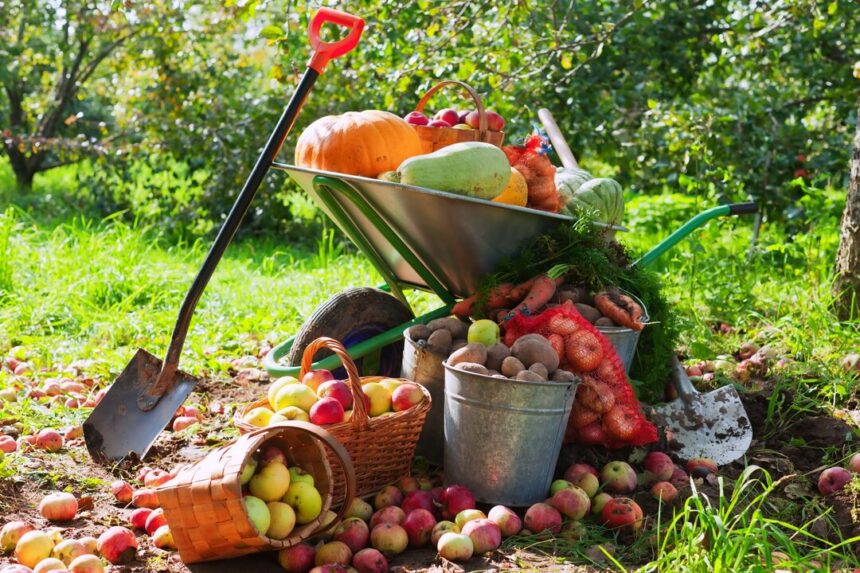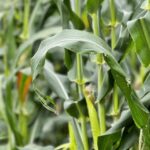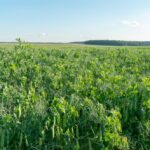Efficient crop harvesting is essential for small-scale farmers to maximize productivity and reduce losses. Investing in the right equipment can save time, labor, and money while ensuring higher yields. Below is an overview of the best equipment for efficient crop harvesting in small-scale farming.
1. Sickle
The sickle is one of the simplest tools for harvesting crops like cereals, vegetables, and small plants. Its curved blade makes cutting easy, especially in small plots. While labor-intensive, it is affordable, making it ideal for small-scale farmers with limited budgets.
2. Scythe
For slightly larger plots, a scythe can be more efficient than a sickle. With a long handle and a wide blade, it allows farmers to harvest crops like wheat and barley more quickly. Scythes are cost-effective and can reduce the physical strain on the farmer compared to hand tools.
3. Hand-Powered Reapers
Hand-powered reapers are ideal for small farms as they combine simplicity with efficiency. These tools are pushed manually and are designed to cut crops neatly, reducing wastage and saving time. They are particularly useful for harvesting grains and grasses.
4. Portable Harvesting Machines
Portable machines such as mini-combine harvesters and motorized reapers are excellent for small-scale farming. They can handle tasks such as cutting, threshing, and cleaning, making the harvesting process faster and more efficient. Although they require an initial investment, their time-saving benefits often outweigh the cost.
5. Harvesting Knives
Harvesting knives are versatile tools for crops like fruits, sugarcane, and vegetables. Their sharp blades ensure clean cuts, reducing damage to crops. Specialized knives, such as banana or pineapple harvesters, can further improve efficiency.
6. Tarpaulins and Collection Bags
Efficient harvesting is not just about cutting crops but also about collecting and storing them. Tarpaulins help minimize post-harvest losses by providing a clean surface for drying and threshing. Durable collection bags or baskets are essential for transporting crops from the field.
7. Threshers
For crops like rice, wheat, and maize, threshers are invaluable. Small-scale threshers, either manual or motorized, can separate grains from stalks quickly and efficiently. They save time and reduce labor compared to traditional methods like hand threshing.
8. Pruning Shears and Loppers
For farmers harvesting fruit or pruning crops, tools like pruning shears and loppers are indispensable. They help maintain the health of the plants while ensuring clean and precise cuts, which is essential for tree crops like mangoes, avocados, or coffee.
9. Wheelbarrows and Carts
Transporting harvested crops efficiently is crucial. Wheelbarrows and small carts allow farmers to move produce from the field to storage or transport vehicles easily. They reduce manual labor and help prevent spoilage during handling.
10. Personal Protective Equipment (PPE)
While often overlooked, PPE such as gloves, hats, and boots is essential for farmers to protect themselves during harvesting. PPE ensures safety from sharp tools, thorns, and harmful insects.
Factors to Consider When Choosing Equipment
- Farm Size: Choose equipment that matches the size of your farm to avoid overspending or underutilization.
- Crop Type: Different crops require different harvesting methods, so select tools tailored to your specific needs.
- Budget: Balance cost and efficiency by investing in tools that offer long-term value.
- Maintenance: Opt for equipment that is easy to maintain and repair to avoid unnecessary downtime.
By selecting the right tools and equipment, small-scale farmers can enhance productivity, reduce post-harvest losses, and improve overall profitability. Combining traditional methods with modern innovations can help farmers achieve efficient and sustainable harvesting.
Join 'Farmers Mag' WhatsApp Channel
Get the latest Farming news and tips delivered straight to your WhatsApp
CLICK HERE TO JOIN






